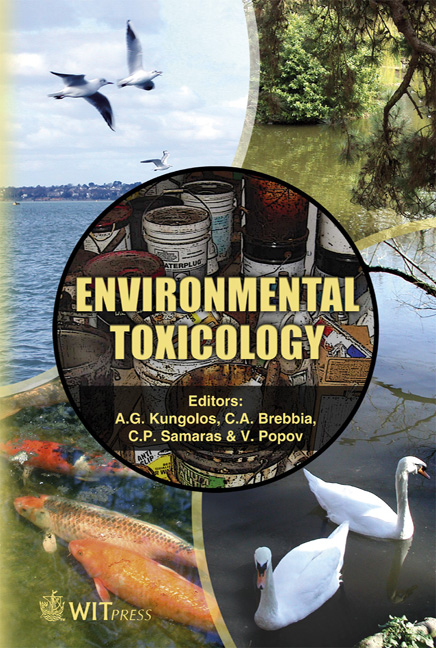Human Fluorosis Related To Volcanic Activity: A Review
Price
Free (open access)
Transaction
Volume
10
Pages
10
Published
2006
Size
343 kb
Paper DOI
10.2495/ETOX060031
Copyright
WIT Press
Author(s)
W. D’Alessandro
Abstract
Fluorosis is a widespread disease related to ingestion of high levels of fluorine through water and food. Although sometimes of anthropogenic origin, high levels of fluorine are generally related to natural sources. One of the main sources is represented by volcanic activity, which releases magmatic fluorine generally as hydrogen fluorine through volcanic degassing. For example, Mt. Etna in Italy is considered the greatest point source at the global scale, releasing on average 70 Gg of HF each year. But the impact of fluorine on human health is highly dependent on its chemical state, which means that high rates of release do not necessarily point to high impacts. The major pathway of magmatic fluorine to humans is in the form of fluoride ion (F - ), through consumption of contaminated vegetables and drinking water. Contamination can happen either through direct uptake of gaseous HF or through rainwaters and volcanic ashes. Furthermore hydrogen fluoride, being one of the most soluble gases in magmas, exsolves only partially (< 20%) during volcanic activity. Volcanic rocks thus contain high levels of fluorine, which are transferred to groundwaters through water-rock interaction processes in the aquifers. Large magmatic provinces, like for example the East African Rift Valley, are therefore endemic for fluorosis. Finally a literature review of volcanic related fluorosis is given. Keywords: fluorosis, magmatic fluorine, volcanic activity, groundwater. 1 Introduction The influence of the geological environment on human health has long been known with the first links being recognized probably by Chinese physicians in
Keywords
fluorosis, magmatic fluorine, volcanic activity, groundwater.





